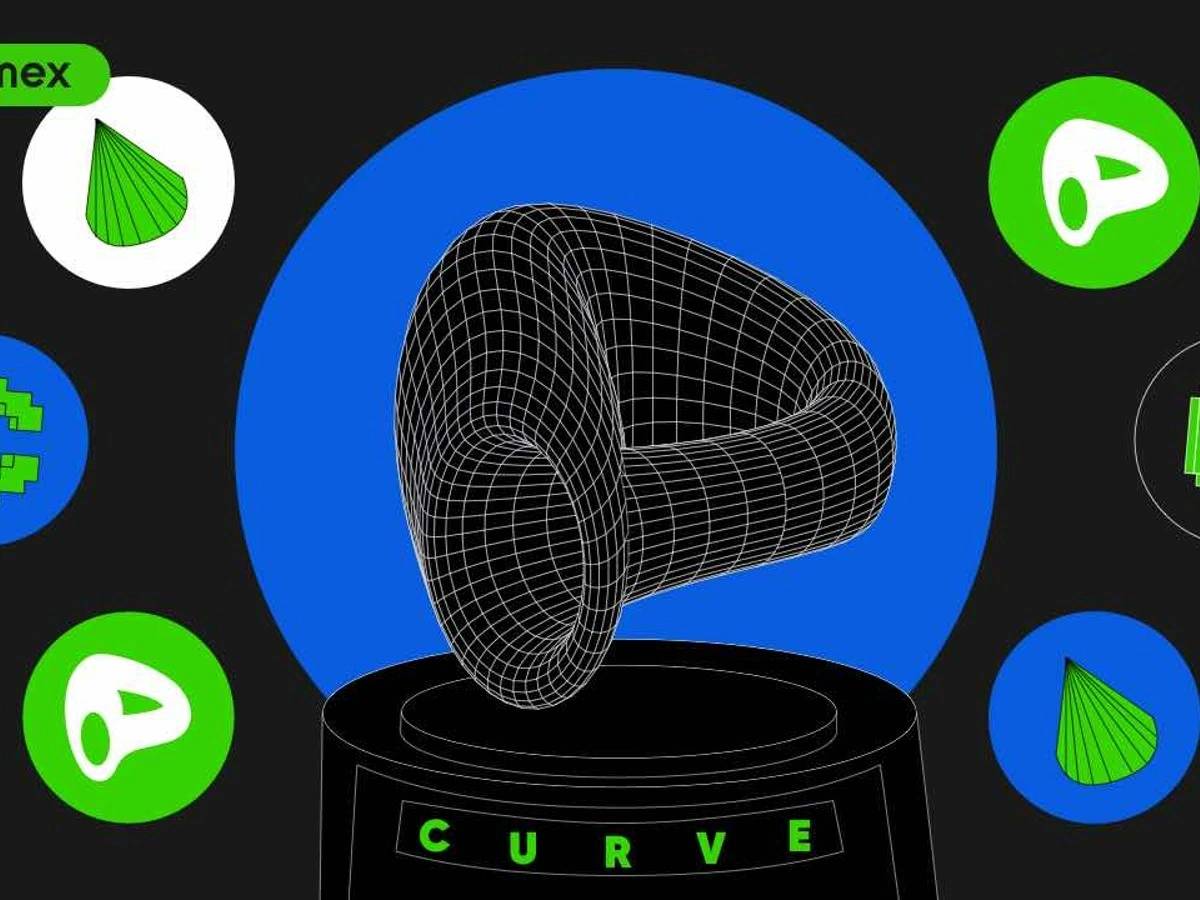Subscribe to wiki
Share wiki
Bookmark
Curve Wars
The Agent Tokenization Platform (ATP):Build autonomous agents with the Agent Development Kit (ADK)
Curve Wars
The Curve Wars is a term used to describe the ongoing competition among various decentralized finance (DeFi) protocols for liquidity and influence within the Curve Finance ecosystem.[1]
Overview
Curve Wars is the competition for yield through the acquisition of veCRV, aiming to influence the allocation of CRV rewards to pools providing liquidity. veCRV stands for vote-escrowed CRV, a non-transferable variant of the CRV asset representing CRV tokens locked for voting in the Curve DAO. veCRV symbolizes voting power and is generated only when the CRV token is locked or staked. veCRV token holders also receive rewards from the Curve ecosystem, but they are distributed over four years.
In the Curve Finance ecosystem, CRV, Curve’s native token, is awarded to liquidity providers contributing to each pool. As liquidity becomes scarce in the Curve pool, intense competition unfolds among DeFi protocols to attract the majority of liquidity providers. This competition prompts different protocols to offer incentives in exchange for votes, aiming to gain control of Curve governance by influencing the voting decisions of veCRV token holders. [2][3][4]
Creation of Curve Wars
The Curve Wars began at some point in 2020. Curve Wars is an emergent phenomenon arising from the intricate dynamics of the DeFi ecosystem. However, several key factors and actors contributed to its inception and development.
- Curve Finance's Tokenomics
The structure of Curve's native token, CRV, and its governance token, veCRV, played a crucial role. By allowing users to lock up CRV to earn veCRV and gain voting rights on various platform parameters, Curve incentivized competition for liquidity and influence within its pools.[7] - Early DeFi Players
Some of the first movers in the DeFi space, like Andre Cronje (YFI, Yearn Finance) and Julien Bouteloup (SpartacusSwap), experimented with strategies to influence Curve pools and earn yields. Their activities laid the groundwork for further competition and the emergence of dedicated platforms like Convex Finance later on.[8] - Competitive Landscape
The burgeoning DeFi space naturally saw competition for user funds and trading volume. Platforms like Yearn, SushiSwap, and others began utilizing Curve pools to offer their own yield-generating strategies and attract liquidity. - Technological Advancements
The development of tools and protocols like vote-escrow systems and liquidity mining strategies further fueled the competition for Curve's liquidity and veCRV control. Platforms like Convex leveraged these advancements to optimize veCRV acquisition and offer attractive yield opportunities to users.[9]
DeFi Protocols involved in Curve Wars
The notable competitors seeking to entice Curve token holders into locking their CRV on their platforms include:
- Stake DAO ($SDT) is a DAO (decentralized autonomous organization) that focuses on acquiring and managing veCRV on behalf of its token holders.
- Yearn Finance ($YFI) offers its own set of strategies for earning veCRV and maximizing yields on Curve.
- Convex Finance ($CVX) is one of the most prominent players in the Curve Wars, Convex Finance offers various strategies for locking up CRV and earning veCRV. The Curve Wars are primarily unfolding on the Convex protocol, as it offers one of the highest Return on Investments (ROIs) on CRV and controls the majority—more than 40%—of veCRV tokens. Consequently, it holds the most decision-making power in the Curve ecosystem, determining how Curve’s rewards are distributed. [2][4]
Benefits
Voting power
Participating as a liquidity provider in the Curve Wars can offer advantages, largely because of the considerable rewards available. Owning the CRV token automatically provides entry to the veCRV asset, and having veCRV allows stakers to gain influence over how funds are distributed among different liquidity pools. [2]
Earning Rewards
Platforms like Convex Finance, Yearn, Stake DAO, and others actively pursue liquidity, consistently providing rewards and incentives to Liquidity Providers (LPs) who stake their veCRV tokens on their platforms. This strategy allows these platforms to create the liquidity essential for their operations. In exchange, LPs and stakers receive cvxCRV tokens, which are both tradable and transferable, especially in the case of Convex Finance. [2]
See something wrong?
The Agent Tokenization Platform (ATP):Build autonomous agents with the Agent Development Kit (ADK)
